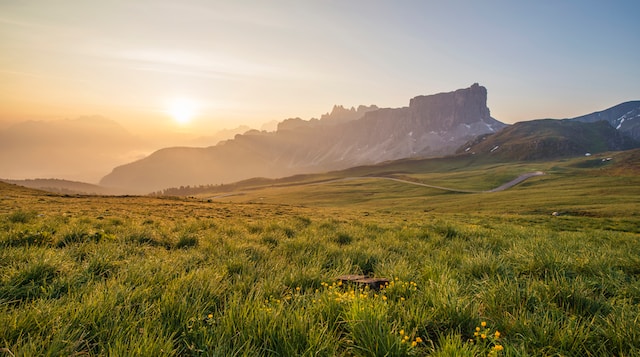
Landscape photography is a popular genre among photographers, and for good reason. The beauty and vastness of the natural world offer endless opportunities for exploration, creativity, and expression. From awe-inspiring mountain ranges to tranquil beaches, landscape photography captures the essence of the world around us, allowing us to appreciate and preserve its beauty. The pursuit of the perfect shot can be a challenging and rewarding experience, requiring technical skill, patience, and an eye for composition. Whether as a hobby or a profession, landscape photography offers a unique blend of adventure, creativity, and relaxation, making it an interesting and fulfilling pursuit for photographers of all levels.
What is landscape photography?
Landscape photography is defined as the art of capturing natural scenery and landscapes, with a focus on capturing the beauty and majesty of our surroundings. The goal of landscape photography is to convey the beauty and diversity of the natural world, inspiring a sense of awe and wonder in the viewer.
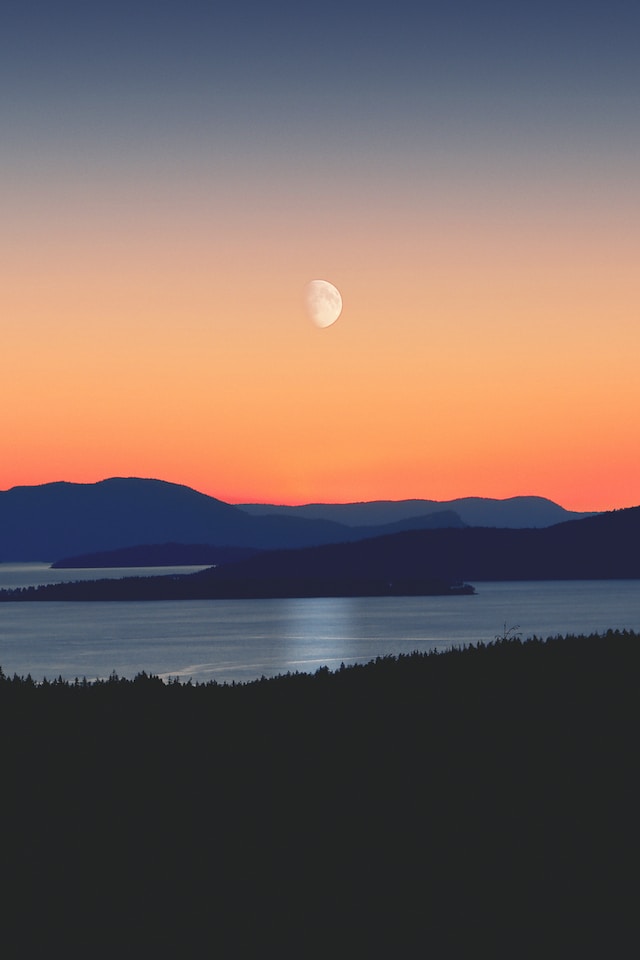
This photography style has a rich history that spans centuries, with early pioneers such as William Henry Jackson and Carleton Watkins using large format cameras to capture the beauty of the American West. With the introduction of portable cameras and advances in technology, landscape photography became more accessible to the masses, leading to the creation of countless stunning images that continue to inspire us today.
In today’s world, landscape photography plays an essential role in raising awareness of environmental issues and preserving the natural world for future generations. It allows us to appreciate the beauty and diversity of our planet, reminding us of the need to protect it for future generations.
Techniques and styles
Techniques for shooting landscape photographs
Successful landscape photographs require careful planning and attention to detail. Techniques such as using a tripod, adjusting focus, and choosing the right aperture and shutter speed are essential for capturing stunning landscape photographs. To shoot landscape photographs, photographers must have a good understanding of the technical aspects of photography, including exposure, composition, and lighting. They must also have a keen eye for capturing the beauty of natural landscapes, and the patience and persistence to wait for the perfect shot.
Common styles of landscape photography
There are several common styles, each with its unique approach and style.
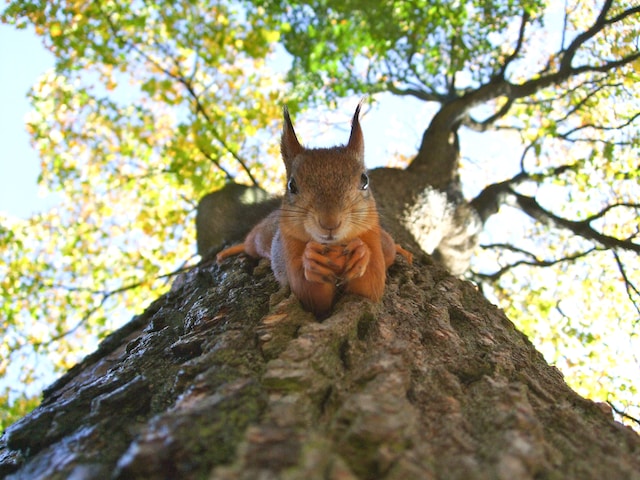
- Fine Art Style focuses on creating images that are both aesthetically pleasing and thought-provoking, with an emphasis on creating images that are both visually striking and emotionally evocative.
- Travel Style focuses on capturing the beauty and diversity of different locations around the world, with an emphasis on creating images that are both informative and visually stunning.
- Wildlife Style focuses on capturing images of animals in their natural habitats, celebrating the beauty and diversity of the animal kingdom.
- Environmental Style strives to capture the relationship between humans and the natural world, highlighting important environmental issues and celebrating the beauty of the natural world.
Equipment for landscape photography
The equipment required for landscape photography varies depending on the photographer’s style and approach, but some essential equipment includes a good quality camera and lens, a sturdy tripod, filters to control exposure and color, and other accessories such as remote triggers and shutter releases. Landscape photographers often invest in high-quality equipment to ensure that they can capture the beauty and detail of natural landscapes with precision and clarity.
- Cameras and Lenses: A high-quality camera and lens are essential for capturing sharp, detailed images with accurate colors.
- Tripods: A sturdy tripod is crucial for keeping the camera stable and avoiding blur in long exposure shots.
- Filters: Filters are used to control the amount of light that enters the camera, allowing photographers to create striking images with bold colors and contrast.
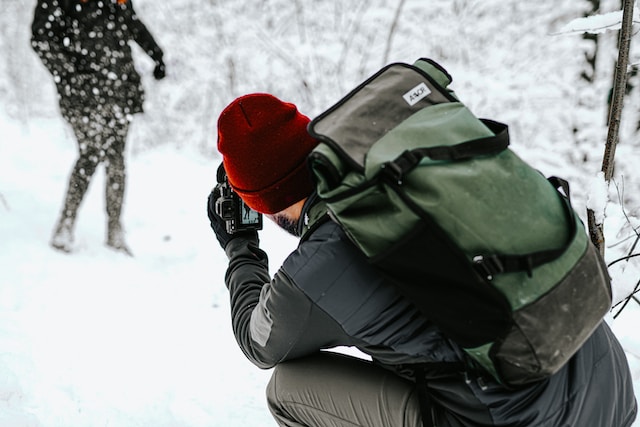
- Other accessories: Other accessories such as remote shutter release, extra batteries, and memory cards are essential for ensuring that photographers can capture the perfect shot.
Composition and lighting in landscape photography
Composition and lighting play a crucial role in creating stunning landscape photographs, with techniques such as the Rule of Thirds, Leading Lines, and the effective use of foreground, midground, and background all playing a crucial role in the creation of stunning images.
- Rule of Thirds: The Rule of Thirds involves dividing the image into thirds both horizontally and vertically, resulting in a grid of nine equal parts. The goal is to place the subject or focal point of the image on one of the intersections.
- Leading Lines: Leading lines are an effective way to create a sense of depth and draw the viewer’s eye towards the focal point of the image.
- Foreground, Midground, and Background: Effective use of foreground, midground, and background is a common technique in landscape photography, with the goal of creating a sense of depth and context.
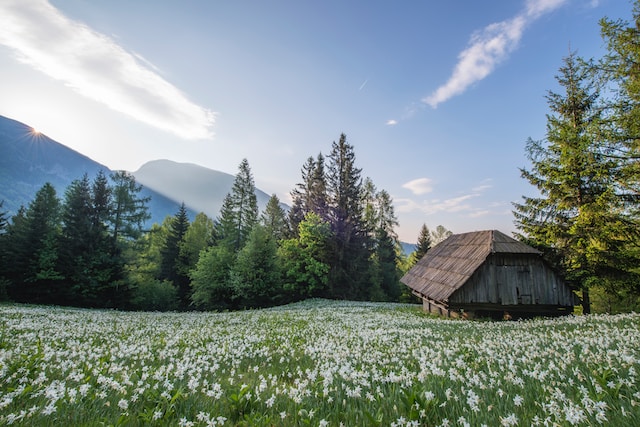
- Use of Natural Light: The use of natural light is essential for creating stunning landscape photographs, with the golden hour and blue hour offering some of the most stunning natural lighting conditions for landscape photography.
Challenges of landscape photography
Landscape photography can be a challenging and rewarding pursuit. One of the main challenges is dealing with weather conditions, which can be unpredictable and sometimes extreme. Photographers may also face challenges in accessing remote locations and dealing with crowds and tourists, which can make it difficult to capture the perfect shot. In addition, landscape photographers must be able to handle difficult lighting situations and technical challenges, such as adjusting exposure and focus in low light.
What landscape photography offers is a unique blend of adventure, creativity, and relaxation, making it an interesting and fulfilling pursuit for photographers of all levels. Capturing the beauty and diversity of the natural world celebrates our planet’s majesty, inspiring a sense of awe and wonder in the viewer. As we continue to face environmental issues, landscape photography plays an essential role in raising awareness and inspiring action, ensuring that the natural world is preserved for future generations to enjoy.
I believe that landscape photography is not just a hobby, but a way to connect with the natural world and understand its importance in our lives. Through the lens of a camera, we can capture the essence of the earth, from the breathtaking beauty of mountains to the serenity of the ocean. Landscape photography has the power to inspire us, to teach us to appreciate the natural world, and to remind us of the need to protect it. It is about using cameras to create stunning images that celebrate the beauty of our natural world.
